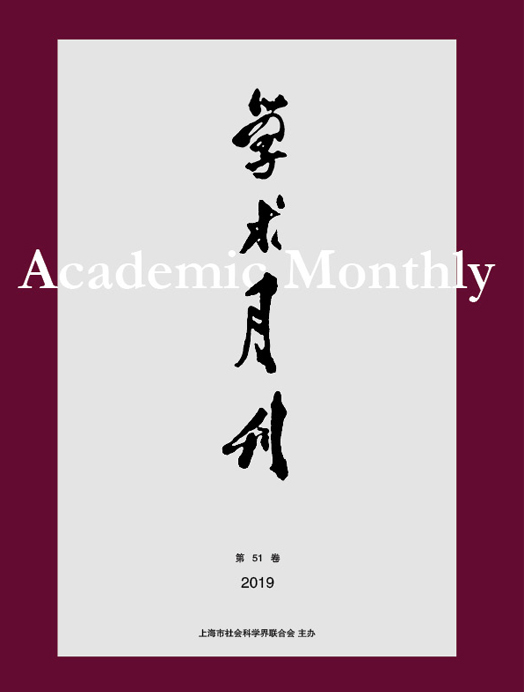Rethinking Triangle-rimed Animal-motif Mirrors: From Antiquarianism, Material History to Historical Archaeology
- Available Online: 2022-03-20
Abstract: Triangle-rimed animal-motif mirrors, solely found in Japan, are named after their physical characteristics of rim’s triangle shape in profile and images of gods and beasts as major motifs. Traditionally, it has been widely accepted by Japanese scholars that triangle-rimed animal-motif mirrors are among gifts sent by the Emperor Ming of Wei kingdom to the Queen Himiko during the Three Kingdoms period, as recorded in History of Wu. Based on archaeological findings, Wang Zhongshu pointed out that these mirrors are not of Wei stylistically. Instead, a hypothesis of produced by Wu mirror masters in Japan was proposed. However, either the hypothesis of Wei or that of Wu is not convincing, by distinguished flaws in understanding essence and methods of historical archaeology. Although closely related, it is not the liability of historical archaeology to provide concrete evidence to support the parallel textual history. Historical archaeology should aim to construct an unique history based on its own materials. Comparison and dialogue between textual history and historical archaeology occurs only at the general and middle-range level. Taking the perspective of historical archaeology, it reveals that triangle-rimed animal-motif mirrors had closely intellectual connections with Liaodong, reigned by Gongsun family for half a century and maintaining complicative relations with both Wei and Wu.



 沪公网安备 31010102003103号
沪公网安备 31010102003103号 DownLoad:
DownLoad: